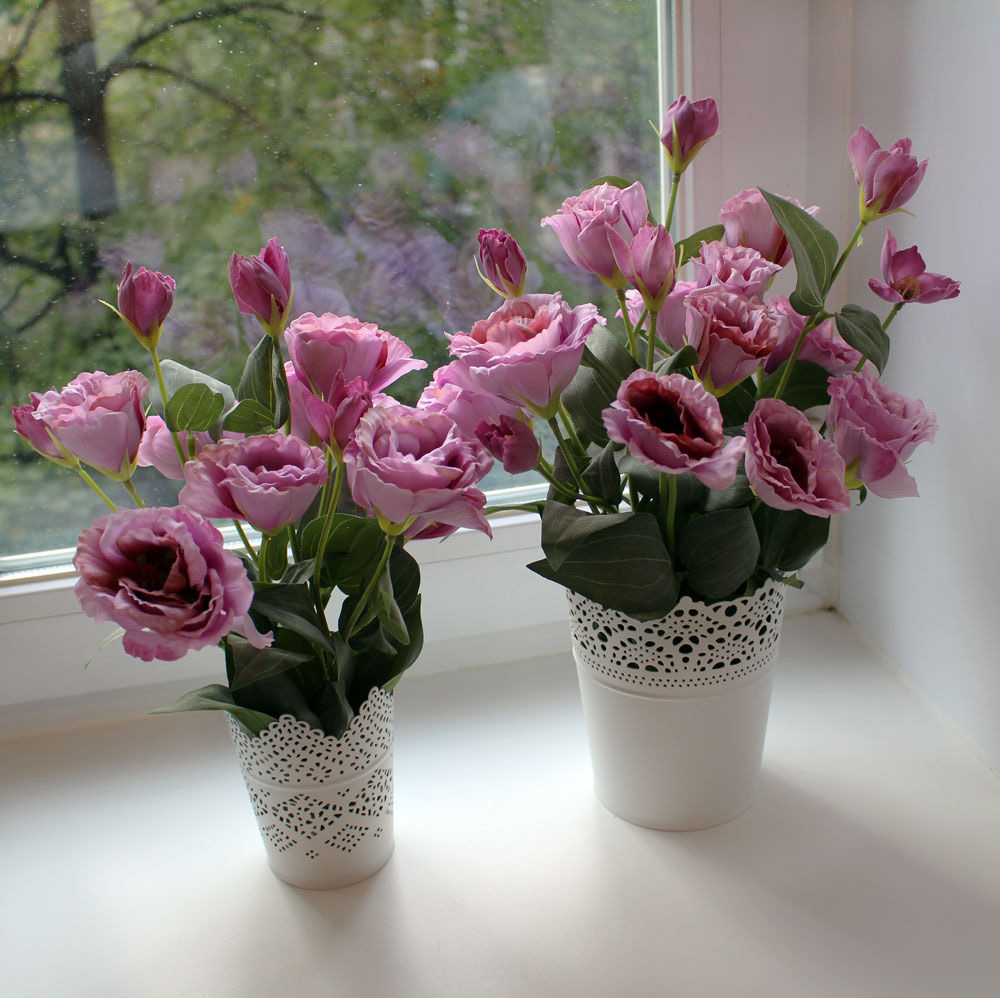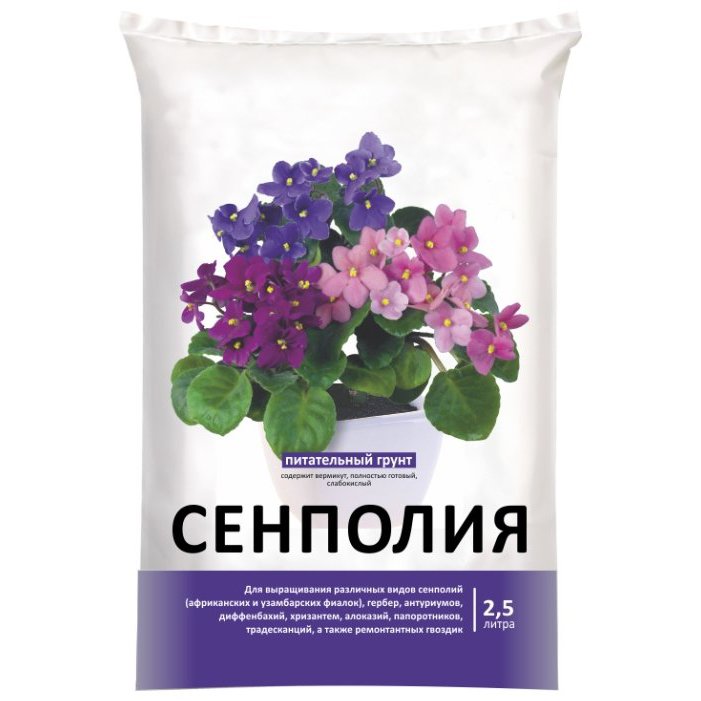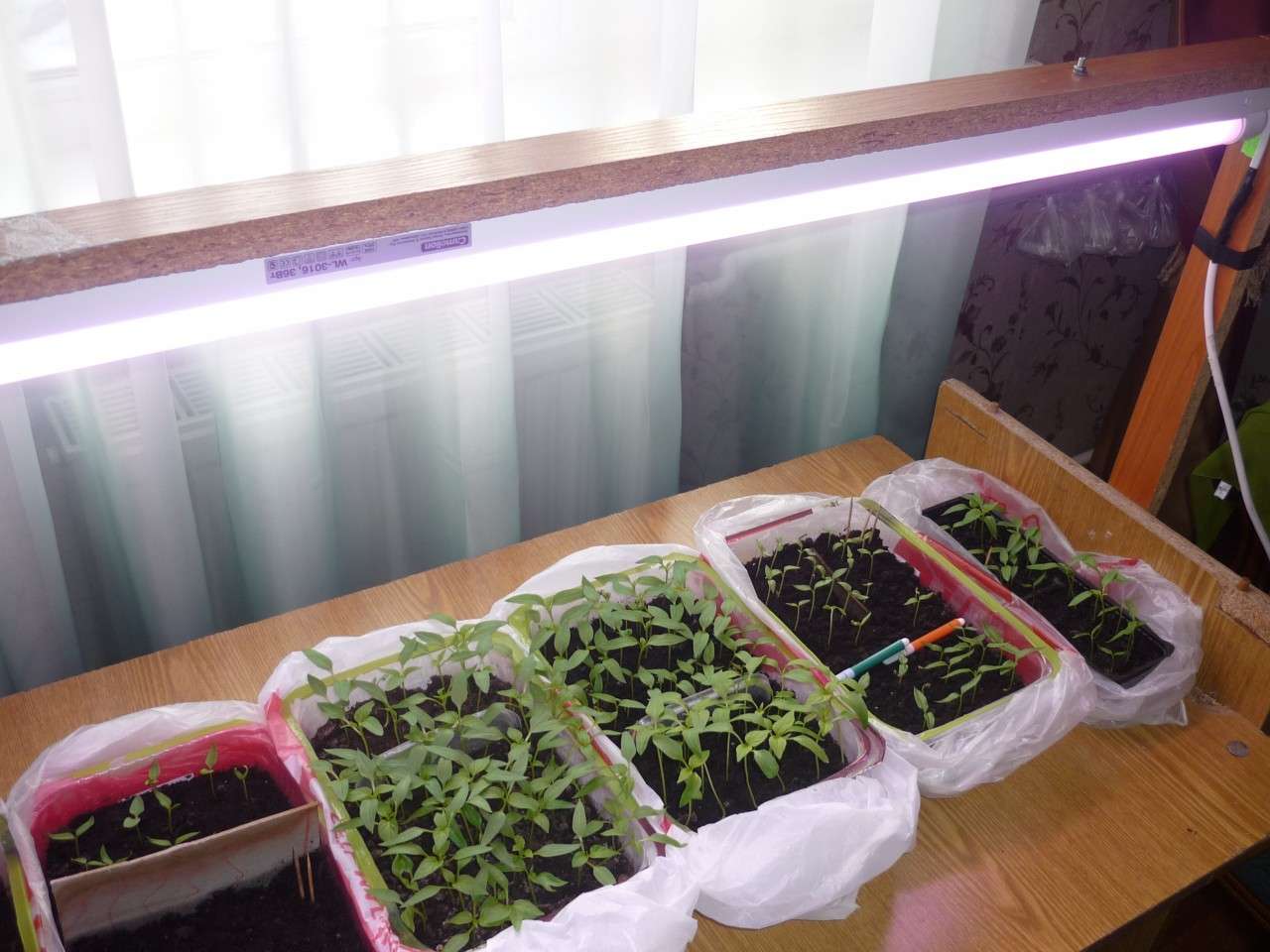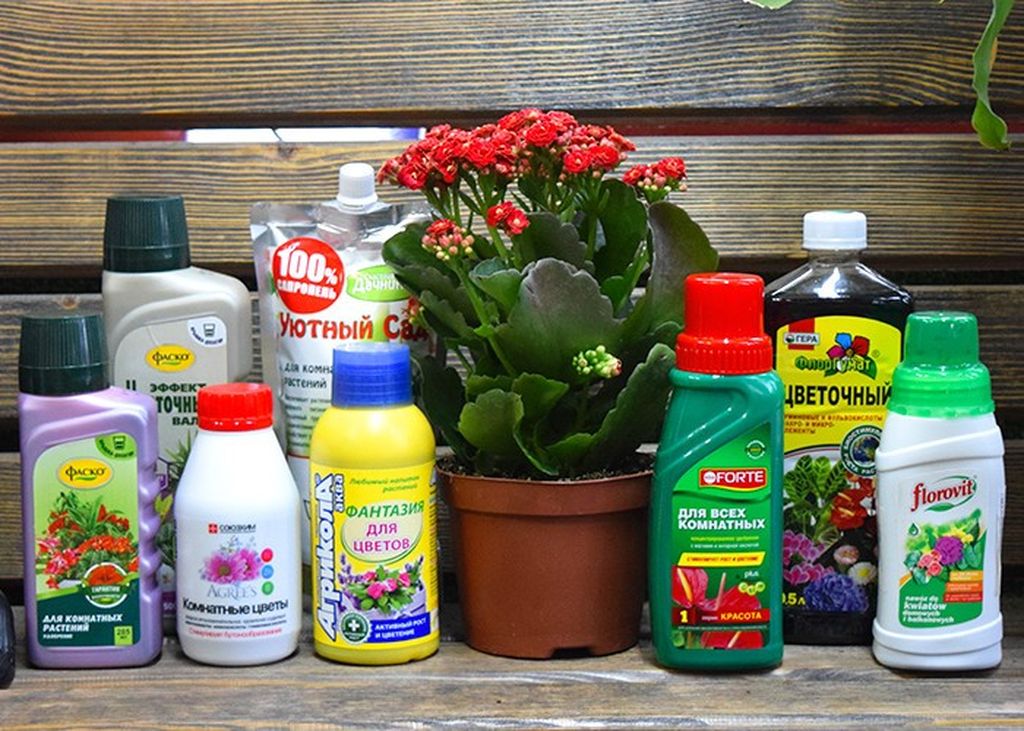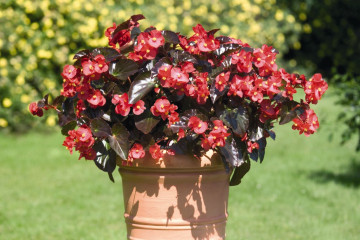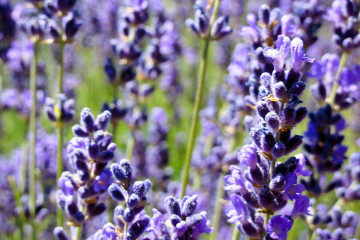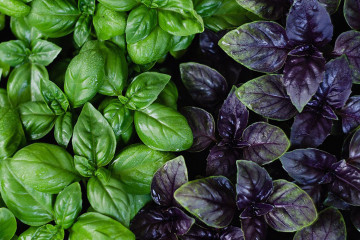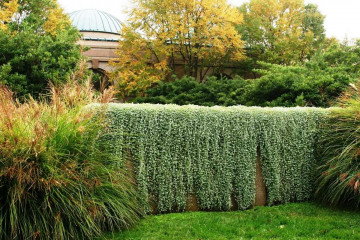Eustoma - growing from seeds at home
Content:
People love to create comfort in their homes. For these purposes, they often grow flowers in their homes. Some of them are especially elegant and delicate, for example, indoor eustoma.
How to grow eustoma at home
Eustoma is a flora with amazingly beautiful flowers of delicate shades. They are often added to bouquets - they stand for a long time, do not fade. This plant also has a minus - it is quite capricious, requires a lot of attention to itself. The color of this flora is very similar to pink, which is why it is sometimes called that - Irish or Japanese rose.
In height, an adult lisianthus bush is from 15 to 90 centimeters, during the flowering period it releases about twenty flowers. They do not dissolve at the same time, but one after another. Because of this, the beauty of the blooming flora is preserved for a rather long period.
Until recently, this culture was considered a garden or greenhouse. Today, eustoma can often be found in the home. Preparing to acquire such a flower, need to consider the following:
- In nature, lisianthus is a perennial plant. In the house he is often kept only during the flowering season. For the winter, he needs conditions, which are quite difficult to recreate in an apartment. Even if it succeeds, a full-fledged perennial at home cannot be made from it.
- Be sure to clarify what kind of flowers it is. A home needs crops that can survive in pots. They shouldn't grow taller than 30 centimeters.
- Most likely, after the purchase, a bush, even a dwarf one, will begin to grow in breadth and upward. This is because in order to speed up and reduce the cost of the growing process, plants are fertilized with growth inhibitors.
To avoid the latter, you can grow this flora at home on your own. It is best to start from scratch, that is, germinate the seed.
How and when to grow seedlings
For a plant like eustoma, growing from seeds at home is quite possible, although it is fraught with a number of difficulties (however, like all care). That is why all the factors necessary for this particular flower should be taken into account.
Seed sowing dates
Lisianthus blooms in the summer season. Considering this, as well as the fact that it usually takes about six months from the first sprouts to flowers, sowing should begin in January.
When sowing seeds in winter, it should be borne in mind that the sprouts need a lot of light. In the cold season, the daylight hours are short, so you will have to organize additional lighting with a special lamp. If we talk about growing a purely room culture, then sowing can begin at the beginning of March. Then the lamp is not required.
Where and what to grow
You can plant eustoma seeds like this:
- In purchased soil. At a florist's shop, ask for a mixture for Saintpaulias or violets. You will have to add a little perlite to it.
- In soil made in person. The composition of a suitable soil is as follows: peat, garden soil, sand in a ratio of 2-1-0.5.
- In peat tablets. It is easiest to sow seeds in peat tablets with a diameter of 4 centimeters. First, they are placed in a container disinfected with a weak solution of potassium permanganate.Then, little by little, pour water until the tablets swell. Excess water is carefully drained.
For propagation of Lisianthus using seeds, a container of medium depth (from 7 centimeters) is suitable. In the case of tablets, the container must be such that they fit entirely into it.
Seed treatment before sowing
Eustoma seeds are very small. Therefore, they are most often sold as pelleted, that is, enclosed in a hard shell (it is at the same time a top dressing for the first time), which is destroyed by moisture. You usually do not need to do anything with it, but such seeds germinate for a long time. An experienced gardener can help Lisianthus germinate faster. To do this, the seeds spread out on the soil and well moistened with a toothpick are carefully trying to crush the dragee shell.
You can also choose unprocessed seeds. They should be dark, almost black in color. Their sprouts will have to be fed more often.
Sowing
The step-by-step cultivation of eustoma from seeds at home looks like this:
- Soil preparation.
- Seedling container preparation.
- The soil is laid in the container, leveled. The seed should be laid out on it, without sprinkling on top. Then the seeds are sprayed with water through a spray bottle.
- At the request of the grower, you can crush the dragee shell, in no case removing it from the container.
- In conclusion, it is imperative to organize a greenhouse by covering the container with seeds with glass or polyethylene.
Care after sowing
Japanese roses are quite capricious, delicate plants. Eustoma needs a lot of attention both when planting and when caring for home. Her seedlings strict adherence to the following points is required:
- Long daylight hours. Seeds need at least 12 hours of light a day. If the sun sets earlier, a lamp should be used.
- Optimum temperature. For seedlings, 20-25 ° C is needed, not higher or lower.
- Patience. Sprouts are usually shown 10-12 days from sowing (in the case of coated seeds with an uncrushed shell, this period is slightly increased). They will be ready for transplant only after an average of 7 weeks. During this time, the sprout will grow slowly. This is because, first of all, it grows roots, only then leaves.
- Adequate amount of water. In no case should the seedlings be overdried. The soil should always be moist.
Transplanting eustoma into a pot
When 2-3 pairs of leaves appear on eustoma sprouts (this usually happens within 6 to 8 weeks from sowing), they can be planted in separate seedling pots. This is called picking.
The soil for the pick is the same as for the sowing. The only thing is that you don't need to steam it. It is necessary to compact it slightly when falling asleep (leaving the planting holes) so that it does not settle during watering. You need more pots. Usually for these purposes, they are bought with a width of 6 centimeters.
It is necessary to remove eustoma sprouts very carefully, completely shaking off old soil. In a diving pot, you need a hole so that the entire spine fits into it freely. After transplanting, the flora is watered, but not at the root, but from the edge of the pot. You cannot bury the stalk of a plant.
If the sprouts were planted in peat tablets, then they do not need to be peeled off. It is enough just to remove the outer shell.
After another one and a half to two months, homemade eustoma is transplanted into ordinary pots (no more than 15 cm wide), where it will grow further. At the bottom of such pots, be sure to add a drainage layer of 2 centimeters from expanded clay. Seedlings are removed from a small pot with a whole lump of earth, and transplanted with it. In this case, fresh soil must be fertilized.
Complete mineral fertilization is required at the rate of one tablespoon per three liters of soil. You cannot increase your concentration.
Caring for the plant on the window
Growing and caring for room eustoma is a matter that requires attention, time and effort. The flower will not forgive a negligent attitude, it will wither.
How to water
There is one important condition for watering home lisianthus: in no case should moisture get on the leaves and flowers of the plant. Water is poured strictly onto the ground. Otherwise, there is a great chance that the foliage will rot.
Watering should be moderate. Overdrying of the soil and waterlogging are also bad.
How to feed
A month after transplanting into a permanent pots, eustoma seedlings can be fed. For these purposes, they take mineral fertilizer for flowering flora. Moreover, it must completely dissolve in water. Concentration is required lower than recommended on the label. Lisianthus has very delicate roots that are easy to burn with excess feeding. Fertilizing the flower is recommended every month during the flowering period.
How to form a crown
In the first flowering season, it is better to focus not on flowers, but on the formation of the crown of the eustoma bush. To do this, experienced flower growers recommend cutting the buds while they have not yet opened. In this case, at the end of the period of active growth, a properly formed bush will be obtained. Next year, he will no longer spend energy on rooting and growing branches, he will immediately be able to bloom.
This item can be skipped if the original plans were to grow eustoma for one flowering. With a high degree of probability, upon completion, the plant will be suitable only for release.
Care during the dormant period of eustoma
To prolong the life of this flora, it is necessary to provide it with the correct wintering. In particular, four points must be observed:
- Temperature. In summer, Lisianthus is comfortable at 20-25 ° C, with the arrival of autumn, it begins to gradually decrease - a sharp temperature drop will kill the plant. In winter, the flower pot should be at a temperature of 10-15 ° C.
- Watering. In winter, eustoma is poured abundantly with water at room temperature, but rarely (in summer it is recommended the other way around). Be sure to immediately remove excess liquid from the pallet. Re-watering is carried out only after the first 3 centimeters of the soil from above are completely dry.
- Pruning. After the plant has bloomed, its stems are pruned. Only three internodes and several pairs of leaves are left. So it goes to winter.
- Fertilizer. In winter, Lisianthus is not fertilized.
Despite the fact that there is a lot of fiddling with home eustoma, it is gaining popularity as a house plant. Because of the beauty of its flowering, people agree to take care of capricious flora, spending their time and energy.
